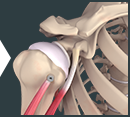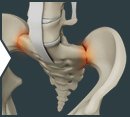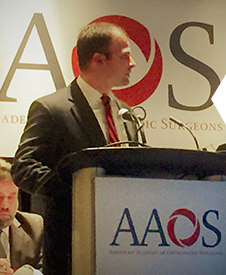Jourdan M. Cancienne, MD

Dr. Cancienne, a native of Baton Rouge, is a fellowship-trained orthopaedic shoulder, knee, hip, and sports medicine specialist serving the Southwest Chicago Suburbs and surrounding communities. Dr. Cancienne's practice incorporates the latest surgical and non-surgical strategies to return patients to their desired activity levels.
-
June 2020
 Vitamin D Deficiency and Total Shoulder Complications
Vitamin D Deficiency and Total Shoulder Complications -
May 2020
 Two-Year Patient Reported Outcomes for Patients Undergoing Revision Hip Arthroscopy with Capsular Incompetency
Two-Year Patient Reported Outcomes for Patients Undergoing Revision Hip Arthroscopy with Capsular Incompetency

-
The Impact of Osetoporosis and Bisphosphonate Use on Revision Rate after Arthroscopic Rotator Cuff Repair
2019 American Academy of Orthopaedic Surgeons Podium Presentation
How can I thank you? I'm really asking for the convention to say the very genuine 'thank you', not just for your professional skills but for the thought and concern you displayed in treating me.
There are broad categories of injections such as potent anti-inflammatories (steroids), gel Injections (hyaluronic acid), and biological (growth factors and/or stem cells from your own body).
Types of Injections
The hip is a ball and socket joint. The socket is the part of the hip bone called the acetabulum, and the head of the femur is called the ball. Articular cartilage lines the ball and the socket and functions to reduce friction for smooth joint movement.
There are two important groups of ligaments that hold the bones of the knee joint together, the collateral and the cruciate ligaments. An injury to the knee can lead to stretching or partial or complete tearing of any of these ligaments.
The bones in the knee joint are lined by cartilage which protect the bones and help them glide over each other during movement. Knee injuries can cause damage to the articular cartilage which does not have a direct blood supply. As a result, cartilage injuries do not heal easily and can lead to osteoarthritis.








 Educational Videos
Educational Videos





